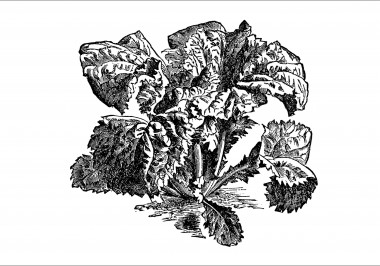Surviving in the Slave Community
Those enslaved at Oak Alley were issued rations of dried cod or pork. Such rations did not come close to the caloric intake needed by workers laboring 12-14 hours at a time, leaving enslaved men and women with the additional task of undertaking their own gardens, often weeding and watering their crops whenever they could find the time.
Many of the crops grown by those in the community were those with African origins, connecting the gardener with their history across the Atlantic, in spite of slavery. Others, such as mustard greens and yams we now know to be remarkably nutrient dense, provided much-needed vitamins and trace minerals. Looking at their rations from a modern perspective, we can see a much more varied and healthy diet than what they were assigned. In addition, some raised chickens, who were watched by younger children during the day, and put up in roosts close to the quarters at night.

Below are just a few of crops undertaken by the slave community:
Okra was introduced to the Americas from Africa via the slave trade and was common in plantation gardens, particularly those in the enslaved community. The southern stew, gumbo, gets its name from the Bantu name for Okra,
